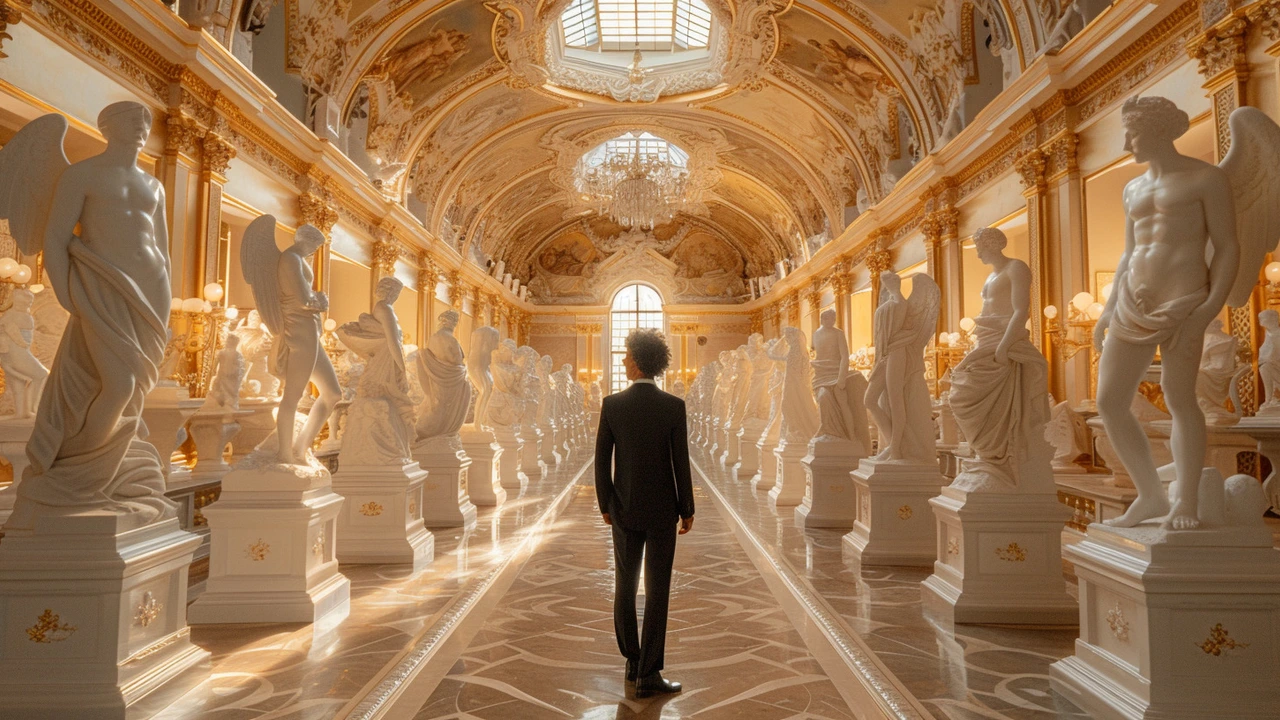Artistic Traditions: Quick Guide to Styles, Influence, and Where to Begin
You don't need an art degree to notice how past movements shape what you see today. This tag collects clear, short reads on traditions from Baroque drama to Bauhaus simplicity so you can jump straight to the ones that interest you.
Pick a tradition by what you feel. Want drama and motion? Start with Baroque and see bold color, intense light, and theatrical scenes. Prefer clean lines and function? Bauhaus and De Stijl offer minimal forms that still run through modern furniture and web layouts. Curious about breaking rules? Fluxus, Cubism, and Abstract Expressionism pushed artists to experiment and mixed media in ways that still influence performance and street art.
How to read an art tradition
Look for three things: core ideas, major players, and visible examples. Core ideas explain what the movement reacted to or aimed for. Major players are the artists who shaped the style. Visible examples are the paintings, buildings, or installations you can Google or visit. For example, to grasp Photorealism, study technique close-up and compare paintings to photographs. For Land Art, search for works that reshape landscapes and think about scale and public access.
Practical ways to explore and use traditions
Visit a local museum or gallery and focus on one section at a time. Take a photo of something that hooks you and note why. Read one article here—maybe "Bauhaus Design" or "Installation Art"—then try a small project: rearrange a room with Bauhaus balance, attempt a quick abstract painting, or map a city walk looking for land art. Use playlists and films that echo a period; Baroque scores or Harlem Renaissance jazz make the art feel alive.
Mix traditions when you create. A room that mashes Baroque ornament with Bauhaus furniture can feel fresh if you balance scale and color. Designers borrow freely—Futurism feeds smart city ideas, Constructivism shows up in posters, and Ukiyo-e shows up in tattoo patterns. Spotting those echoes trains your eye and helps you borrow tools for your work or home.
If you want deeper study, follow the linked posts under this tag: pick a short history piece, then one technique or artist profile. Read a history like "Cubism" or "Harlem Renaissance" and then a focused piece such as "Top 10 Photorealism Artists" to see makers in action. Keep a small notebook with questions and favorite images.
This tag is a practical map. Use it to find one clear starting point, try a hands-on exercise, then move on. Understanding artistic traditions makes both looking and making more rewarding—one small step at a time.
Need a quick starter list? Begin with Baroque or Cubism for history, Bauhaus or De Stijl for design, Photorealism for technique, Fluxus for experiments, and Land Art for scale. Bookmark two favorite posts, try one small hands-on exercise per week, and share what you make. If you get stuck, pick a single image and ask: what tradition does it echo? That question trains you fast. Start.

